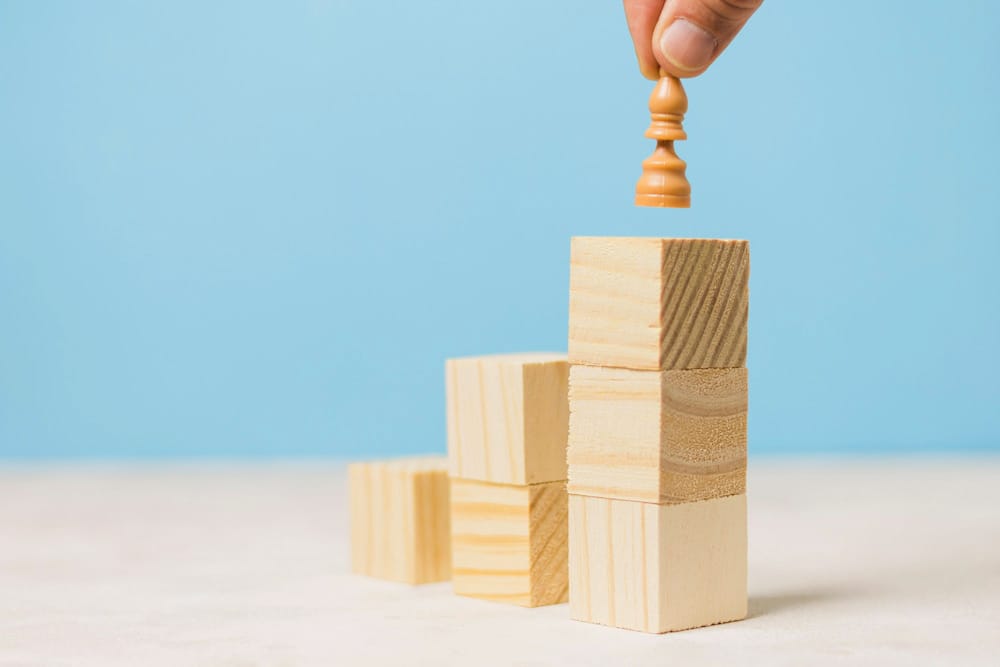Self-doubt can strike when we least expect it. Imagine standing at the edge of a big opportunity, only to hear that tiny voice inside saying, “You can’t do this.” Suddenly, your energy drops, and doubts creep in. At that moment, everything feels heavy and uncertain. But here’s the truth: everyone faces those feelings. Recognizing self-doubt, dealing with it, and moving forward is key to personal growth and success.
In this article, you’ll learn how to spot the signs of self-doubt, discover proven strategies to beat it, and read inspiring stories of people who got through tough times. We’ll explore ways to change your mindset, build confidence, and trust yourself again.
Recognizing the Signs of Self-Doubt
The Emotional and Behavioral Indicators
Self-doubt often shows up as feelings of not being good enough. You may fear failure or question your abilities even when you’re capable. These feelings can lead to behaviors like procrastination or avoiding important tasks altogether. Sometimes, putting in extra effort to be perfect becomes a way to hide insecurity.
Psychologists say self-doubt is connected to ideas like impostor syndrome, where you feel like a fraud. It makes you doubt your achievements, no matter how real they are. Recognizing these signs is the first step to overcoming them.
The Triggers of Self-Doubt
Certain situations tend to evoke doubt. Starting a new project, speaking in front of a crowd, or trying something unfamiliar can make you question yourself. Comparing yourself to others also sparks feelings of incompetence. External factors like criticism, past failures, or societal pressure can knock your confidence out of shape. Internally, perfectionism and fear of judgment fuel self-doubt. Knowing what sets off your doubts helps you prepare and respond better.

Personal Experience: When I First Doubted Myself
The Context and Background
A few years ago, I faced a big challenge: giving a presentation at work in front of executives. I was confident during rehearsal. But during the actual presentation, I felt a sudden wave of doubt. I wondered if I was making sense, if my ideas were strong enough to matter. That’s when self-doubt crept in, whispering, “You’re not good enough.”
The Emotional Impact and Consequences
The fear cooled my enthusiasm. My hands trembled, and I hesitated before answering questions. The results suffered — I felt disappointed, and my confidence took a hit. It was hard to shake the feeling that I might fail again. But that moment also helped me understand that doubt is natural. What matters is how I respond to it.

Strategies to Break Through Self-Doubt
Reframing Negative Thoughts
When doubts show up, the way we talk to ourselves makes a big difference. Instead of thinking, “I can’t do this,” try saying, “I will try my best and learn from the experience.” Change your internal dialogue to be more positive. Experts in cognitive behavioral therapy say this simple shift rewires your brain over time.
Building Self-Compassion and Resilience
Be gentle with yourself, especially when you don’t do as well as you hope. Remember, nobody is perfect. Practice gratitude by writing down things you’ve done well or moments when you succeeded. Resilience grows when you learn to bounce back from setbacks. Each mistake is a lesson, not a failure.
Setting Small, Achievable Goals
Big goals can be overwhelming. Break them into tiny steps that are easy to handle. For example, if you want to improve your public speaking, start by practicing in front of a mirror. Celebrate each small win — it boosts your belief that you can succeed. Research shows that success builds confidence and motivates you to keep going.
Seeking Support and Feedback
Don’t be afraid to ask for help. Mentors, friends, or colleagues can give honest feedback and encouragement. Sometimes, we doubt ourselves because we don’t see our true strengths. A trusted voice can remind us of what we’re capable of. For instance, a mentor once helped me see my progress when I couldn’t see it myself.
Embracing Failure as a Learning Opportunity
Failure is just a step on the path to success. It is not the final stop. Many famous people faced rejection and doubts but kept going. J.K. Rowling was rejected dozens of times before Harry Potter became a hit. Think of failure as a map that shows where you can improve. Analyze what went wrong, learn from it, then try again with new strength.

Real-World Examples of Overcoming Self-Doubt
Entrepreneurial Successes
Sara Blakely, who created Spanx, faced rejection many times. She was turned down more often than she can count. Despite the setbacks, she kept going. Her persistence made her successful in the end. She doubted her product at first but kept pushing. Today, she’s a billionaire. Her story shows that persistence is key, even when doubts threaten to stop you.
Academic and Professional Achievements
Malala Yousafzai chose not to stop fighting for education, even when she faced threats and doubts. She believed in her cause and stayed confident. Her inner strength and focus helped her succeed even in dangerous times.
Personal Development Journeys
Many people share stories of shifting from self-doubt to self-confidence. They focus on daily habits, like journaling and affirmations, that foster a positive mindset. Over time, they learn to trust their abilities and move forward courageously.

Expert Insights and Proven Techniques
Psychologists like Carol Dweck say that a growth mindset — believing you can improve — helps defeat self-doubt. Motivational speakers emphasize the importance of self-awareness and daily routines. Simple habits like listing achievements or practicing mindfulness can boost confidence.
To truly conquer doubt, try scheduling small tasks that challenge you. Celebrate each success. Over time, these actions reinforce your belief that you can handle challenges.
Conclusion
Self-doubt may hit hard, but it’s not a permanent state. By learning to recognize it, shifting your thoughts, and setting small goals, you can break free from those negative feelings. Every success story is built on overcoming doubts. It’s normal to have doubts on the way to your goals. Persist with patience and kindness toward yourself—your true potential is waiting. You have what it takes to rise above doubt and shine.
Key Takeaways
- Self-doubt is common but can be conquered with awareness and effort.
- Identify emotional signs and triggers early to handle situations more effectively.
- Use positive self-talk and celebrate small wins to build confidence.
- Seek support to gain perspective and encouragement.
- Failures are lessons that lead to growth and strength.
Breakthrough is possible. The first step is yours. Embrace your journey, trust your abilities, and face challenges with confidence. Your future self will thank you.
Also Read: Overcoming Fear of Failure: Embracing Success with Confidence
Discover more from NoseyPepper
Subscribe to get the latest posts sent to your email.










Recent Comments